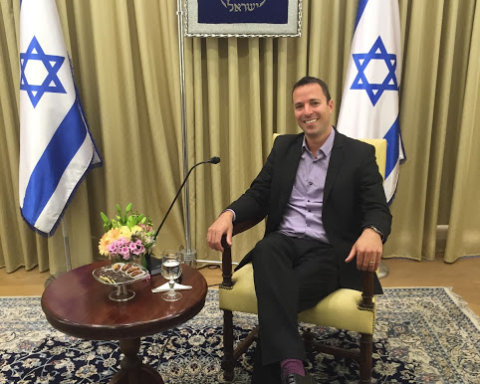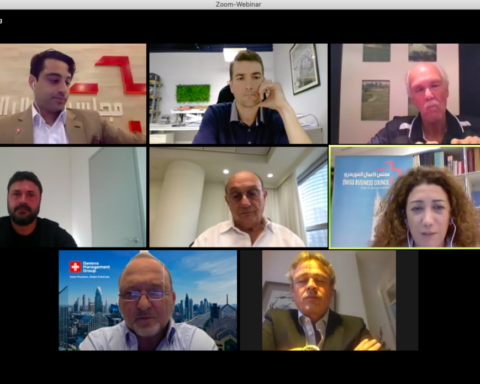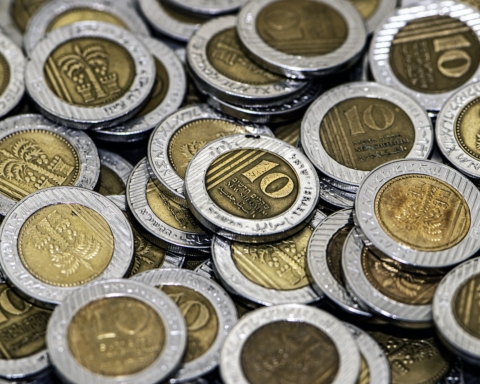After four elections in two years, Israel has finally sworn in its 36th government, and a change has come. Ending his reign of 12 years, Benjamin Netanyahu has been replaced by a Unity government, made up of eight parties representing starkly opposing views, yet have found the unifying factor in their desire to put their differences aside and focus on what they can agree on. The new Prime Minister will be Naftali Bennett of the Yamina party, who will take the role for two years, followed by Yair Lapid of Yesh Atid, who will follow the next two years. In addition to the new Prime Ministers, Israel voted in its 11th President, Isaac Herzog. Herzog will be replacing Reuven Rivlin and will serve a seven-year term. He succeeds his father Haim Herzog, who was Israel’s sixth President.
The Unity government is made up of many firsts. Bennett is the first Kippah-wearing Orthodox Prime Minister, and Mansour Abbas is the first Arab party head to represent in the coalition. A record number of women, 9 out of 27, are included in the newest Israeli Cabinet. They include Transportation Minister Merav Michaeli (Labor party), Interior Minister Ayelet Shaked (the national religious Yamina party), Minister of Education Yifat Sasha-Biton, (New Hope conservative party), Minister of Economic Affairs Oran Barbivai, Minister of Energy Karina Elharrar, and Minister for Social Equality Merav Cohen (all Yesh Atid), Immigration Minister Pnina Tamano-Shata and Science Minister Orit Farkash-Hacohen (both in the liberal Blue White party) and Environmental Minister Tamar Zandberg from the left Meretz party.
While many are wary of how long this government may last, what is promising is that democracy has prevailed. In a deeply divided Israeli society, the new government has chosen to focus on what unifies them, working within the context of the country in order to represent the spectrum of views that so often creates division.








